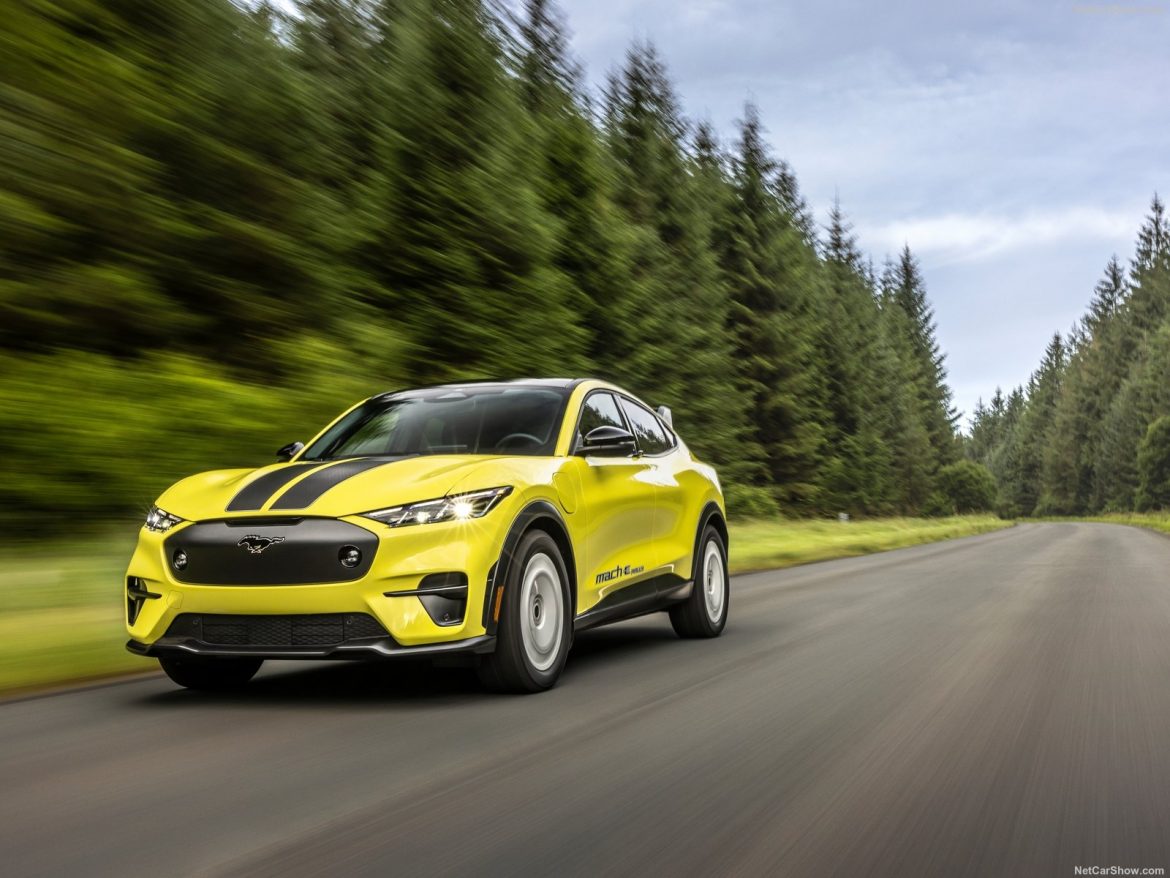U.S. safety investigators have revealed that a Ford Mustang Mach-E was utilising an advanced driver assistance system when it collided with the rear of a stationary Honda CR-V on Interstate Highway 10 in San Antonio, Texas, on February 24.
NTSB investigation findings
The National Transportation Safety Board (NTSB) disclosed that the Ford vehicle was equipped with “BlueCruise” technology. While data analysis indicated that the driver had activated BlueCruise mode before the fatal crash that claimed the life of the 56-year-old Honda driver.
Contrary to a San Antonio police report, which mentioned “partial automation” being engaged, the NTSB confirmed the use of BlueCruise, marking a crucial detail in understanding the circumstances leading to the tragic incident.
Dual investigations by NTSB and NHTSA
Both the NTSB and the National Highway Traffic Safety Administration (NHTSA) are conducting investigations into the San Antonio crash, as well as another incident on March 3 involving a Ford Mach-E in Philadelphia, where an advanced driver assistance system is suspected to have been active.
Ford’s BlueCruise system, marketed as an advanced hands-free driving feature, operates on 97% of U.S. and Canadian highways without intersections or traffic signals, aiming to enhance driver convenience and safety during long journeys.
Witness testimony and incident recap
According to the NTSB, a witness travelling ahead of the Ford reported encountering the stationary Honda without any tail or hazard lights illuminated. The witness changed lanes to avoid collision but observed the Ford striking the Honda in her rearview mirror.
In the Philadelphia crash on March 3, involving two stationary cars on Interstate 95, the Ford Mustang Mach-E collided with both vehicles, resulting in two fatalities and significant traffic disruptions.
Cooperation with authorities
Ford responded to the investigations by stating its cooperation with both the NTSB and NHTSA to ascertain the facts surrounding the March 3 incident. NHTSA mandates automakers to report all fatal crashes involving advanced driver assistance systems.
Rising concerns and regulatory action
The recent scrutiny over advanced driver assistance systems follows a series of safety concerns in the automotive industry. In December, electric car manufacturer Tesla initiated a recall of 2 million vehicles to enhance safety features in its Autopilot driver assistance system.
The NTSB has conducted multiple investigations into Tesla’s Autopilot and similar systems in recent years, reflecting growing regulatory attention to emerging technologies and their impact on road safety.
Since 2016, NHTSA opened over 40 special crash investigations involving Tesla vehicles suspected of utilising driver assistance systems, with 23 reported crash fatalities associated with these incidents.
As investigations continue into the Ford crashes, regulatory agencies and automakers alike are focused on improving the safety and reliability of advanced driver assistance systems to mitigate risks and ensure the protection of road users.



